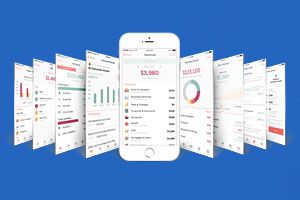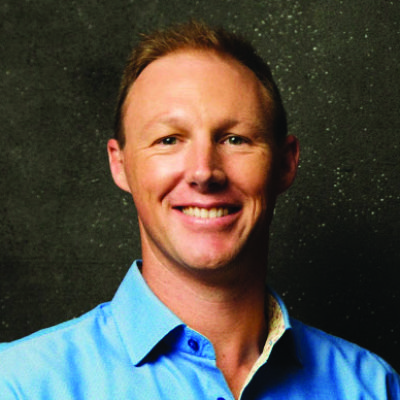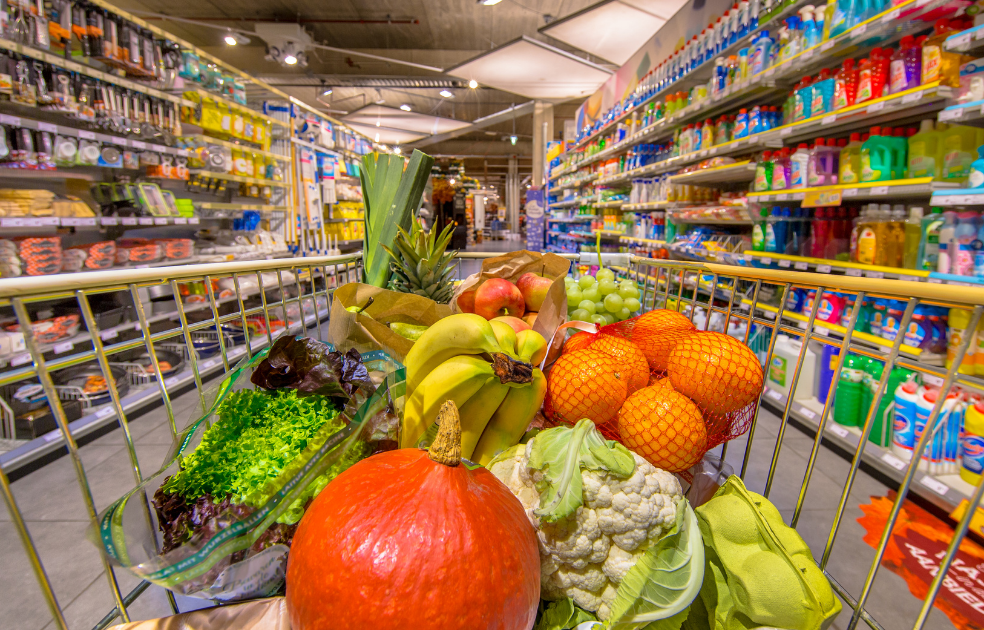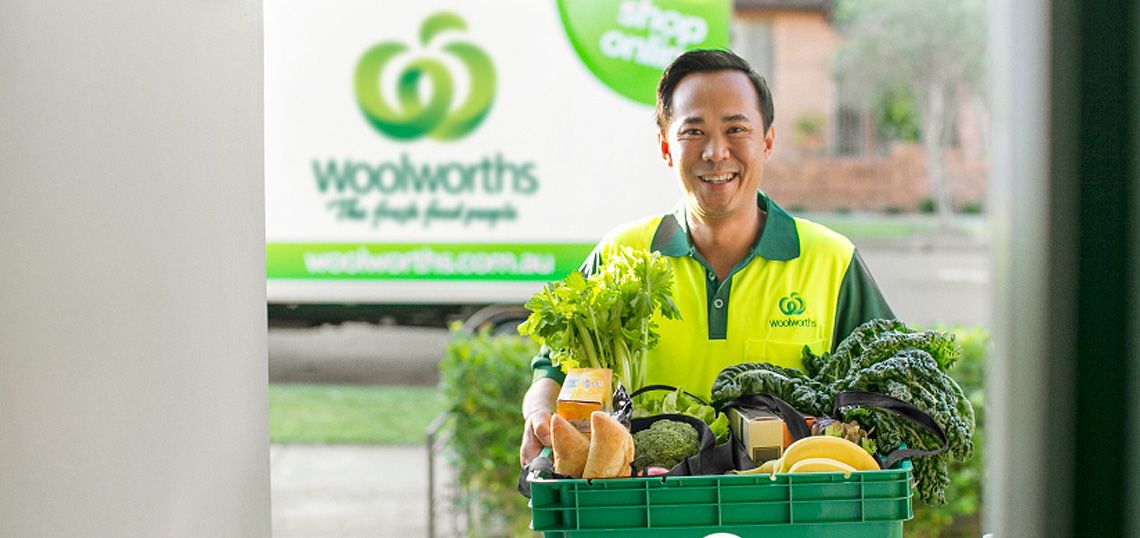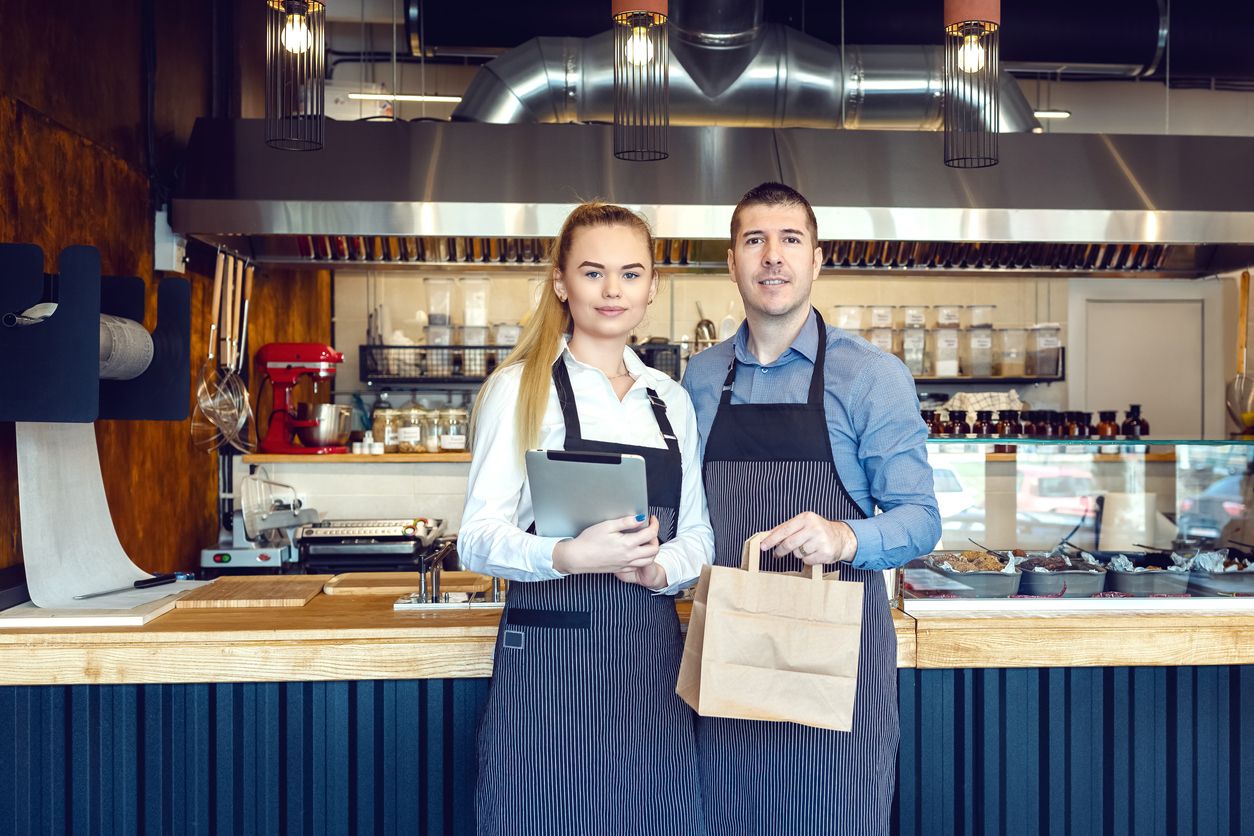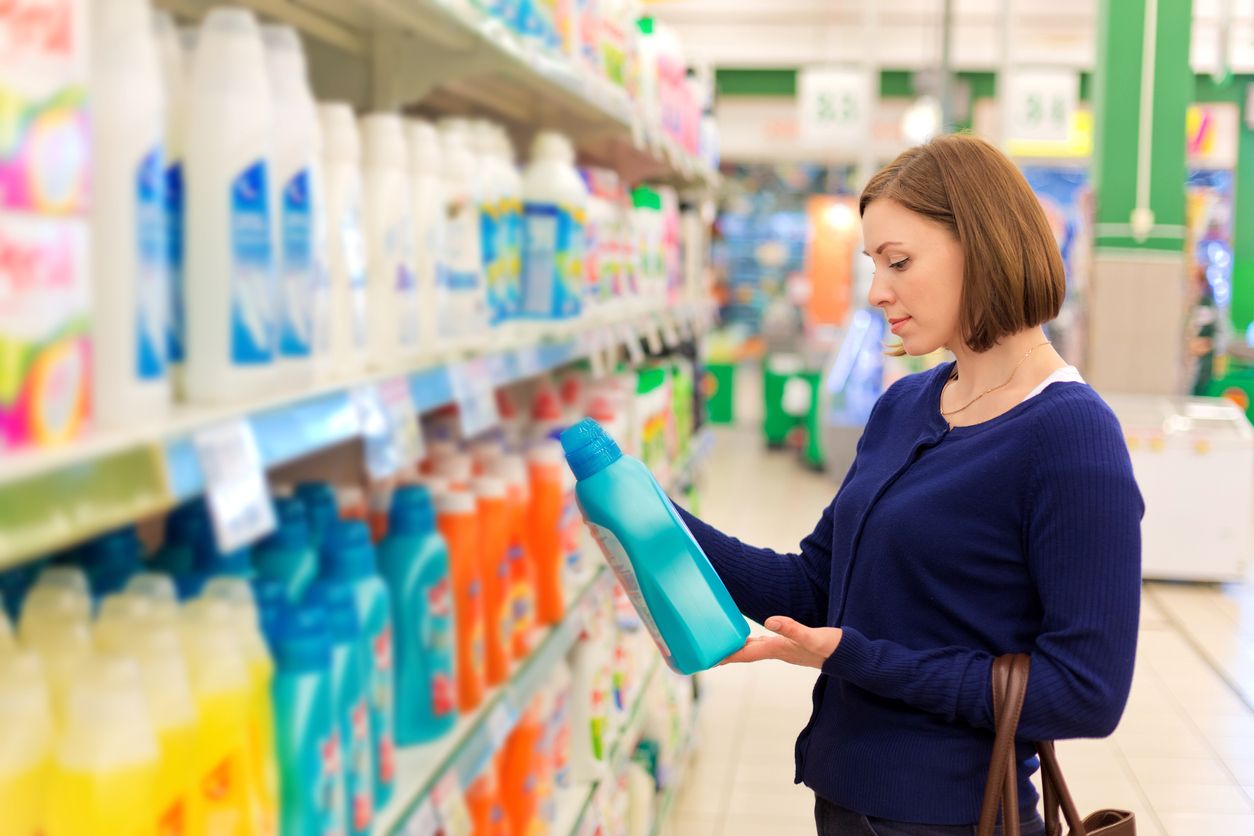
Down, down – why the cost of living is falling
Australians got a taste of deflation with a record 1.9 per cent plunge in the Consumer Price Index for the June quarter after COVID-19 pandemic suppressed demand for consumer goods and services.
“This is the largest quarterly fall in the 72 year history of the CPI,” said Bruce Hockman, chief economist of the Australian Bureau of Statistics.
Free childcare, significant fall in fuel prices and rental deferrals introduced at the height of the pandemic, drove down prices in the June quarter, said ANZ economist Hayden Dimes.
As Australians grappled with the lockdown and spent more time cocooned at home, demand for clothing and footwear fell in April and May, prompting retailers to slash prices to move stock.
There was also a sharp fall in demand for petrol as Australians stayed home and cut back on driving their cars.
“We think the two major reasons which drove down the CPI by two per cent were free childcare policy and petrol prices falling 21 per cent in the quarter,” said Mr Dimes.
In addition, rental discounts, moratoriums on rental evictions, healthcare premium deferrals and some utility bills relief, all contributed to a steep fall in prices in the June quarter.
Westpac’s senior economist Justin Smirk told the Australian Financial Review that housing is now deflationary because of rising vacancy rates, rent deferrals, rent holidays and rent reductions.
Westpac is forecasting a 0.7 per cent drop in rents which Mr Smirk said would be another record.
When the government’s JobKeeper subsidy payments kicked in, Australians started stocking up on their groceries and furniture buying for home offices. This helped drive strong sales in grocery shops, supermarkets and furniture retailers.
“With strong sales, supermarkets and furniture retailers did not feel the need to discount prices,” added Mr Dimes.
As such, prices of toilet paper, cleaning products, hand sanitisers and washing up liquid increased in price.
Prices of major household appliances, audio, visual and computers also went up.
With house prices falling, Mr Dimes said construction of new homes decreased slightly as less people were prepared to build new homes.
“We forecast a sharp 2 per cent quarter to quarter fall in the second quarter CPI as pandemic-related government subsidies, rate/price freezes, easing rents and a sharp fall in petrol prices weigh on prices.
“We expect the third quarter CPI to bounce back sharply, mainly due to the reversal of childcare subsidies and a rise in petrol rises. However, core inflation is expected to remain subdued as demand weakness weighs on prices,” said Kaixin Owyong, NAB economist in a preview paper.
Australia’s unemployment rate rose to 7.4 per cent in June, a 22-year high and is expected to increase further with official forecast for unemployment to reach 9.25 per cent by Christmas.
NAB has forecast unemployment will rise to 8 per cent in the third quarter of 2020 before easing to above 6 per cent by the end of 2022.





